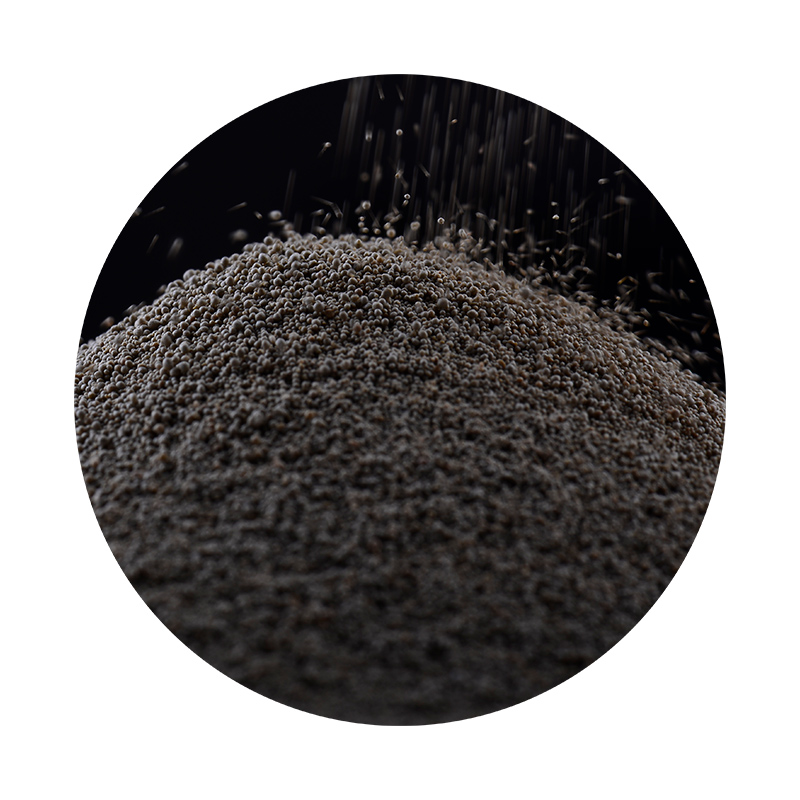Types of Sand Used in Foundries
Foundries have long relied on sand as a fundamental raw material in the casting process. The properties of sand significantly influence the quality of the castings produced, making the selection of the right type crucial. Various types of sand are used in foundries, each offering distinct advantages and characteristics tailored for specific applications. This article discusses the primary types of sand used in foundries and their unique properties.
1. Silica Sand
Silica sand is perhaps the most commonly used sand in foundries. Composed primarily of silicon dioxide (SiO2), it is favored for its high melting point, strength, and resistance to thermal shock. Silica sand is used in various casting processes, including green sand casting and lost foam casting. Its granular nature allows for excellent moldability, making it easy to shape and pack into molds. This type of sand can also provide good surface finishes on castings when properly treated.
2. Green Sand
Green sand refers to a mixture of silica sand, water, clay (typically bentonite), and various additives. The term green does not indicate the color but rather means that the sand is in a moist state, which is crucial for mold formation. Green sand is used primarily for metal castings due to its excellent bonding properties. The moisture content in green sand allows it to retain shape during the casting process while providing sufficient strength to withstand the molten metal's pressure. Furthermore, green sand molds are easily re-molded, making them ideal for high-volume production.
3. Resin-Sand
Resin-sand systems involve a mixture of silica sand coated with a thermosetting resin. This type of sand is designed to enhance the mechanical properties of molds and cores. Resin-sand molds result in high dimensional accuracy and superior surface finish compared to traditional sand molds. This system also allows for greater flexibility in producing complex geometries, making it popular in industries where precision is vital. The curing process can be accelerated with heat or chemical catalysts, which further improves the sand's strength and durability.
types of sand in foundry

4. Shell Sand
Shell sand, also known as shell mold sand, consists of fine silica sand coated with a thin layer of thermosetting resin that forms a shell-like mold. This type of sand is used for producing thin-walled castings and is noted for its exceptional dimensional accuracy and surface finish. The shell mold process involves heating the sand mixture to create a hard shell around a pattern. The lightweight nature of shell sand makes it an ideal choice for intricate designs where precision is paramount. Additionally, the sand's stability at high temperatures allows for the casting of various metals without deformation.
5. Chromite Sand
Chromite sand is a special type of sand composed predominantly of chromite (FeCr2O4) minerals. This sand is known for its high thermal stability and resistance to metal penetration, making it an excellent choice for casting high-temperature metals and alloys. Chromite sand is often used in the production of cores and molds for applications where wear resistance is critical. Its unique properties enable it to be used in more specialized foundry applications, lessening the chances of defects in the final product.
6. Carbonaceous Sand
Carbonaceous sand incorporates carbon-based materials such as coal dust or graphite into the sand mixture. This type is often used in core making because it helps to improve the surface finish of castings and reduce metal penetration. Carbonaceous sand can enhance the casting's mechanical properties by improving its resistance to thermal stress. Foundries employing carbonaceous sand typically specialize in producing high-quality, high-performance castings.
Conclusion
The choice of sand in foundries is not merely about cost; it is intrinsically linked to the quality of the casting itself. Understanding the unique properties and applications of different types of sand—from conventional silica sand to specialized carbonaceous and chromite sands—enables foundries to optimize their processes for better performance and superior results. By selecting the appropriate sand type, foundries can achieve higher accuracy, excellent surface finishes, and overall improved quality in their cast products.
Post time:Ноя . 11, 2024 10:49
Next:what type of sand is used in sand casting
